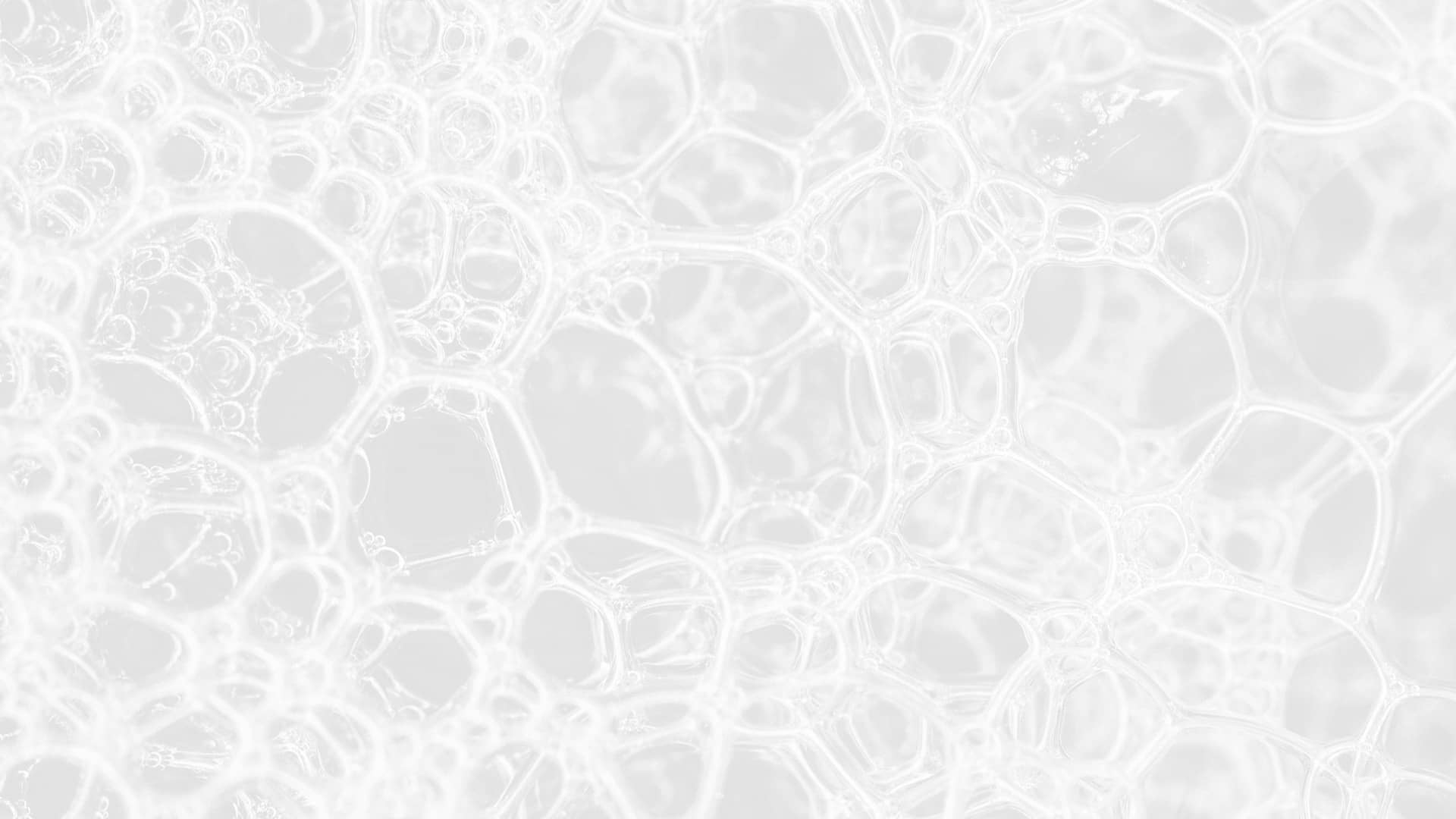Why Are Insurance Companies Cancelling Homeowner's Policies Because of a Dirty Roof?

Insurance companies are increasingly canceling or refusing to renew homeowner policies due to dirty roofs. While it may seem like a cosmetic issue, a neglected roof can lead to serious concerns from an insurer's perspective. Here's why:
1. Perceived Risk of Damage
A dirty roof often has black streaks (from algae like Gloeocapsa magma), moss, or lichen growth. These aren't just cosmetic—they can:
- Trap moisture against shingles
- Cause premature aging or deterioration
- Lead to leaks, structural rot, or mold issues inside the home
Insurance companies view this as a higher risk of claims, particularly for water damage or the need for full roof replacement.

2. Preventable Maintenance Neglect
Insurers expect homeowners to keep up with routine maintenance. A visibly dirty or moss-covered roof signals possible neglect, raising red flags about other areas of the home that may also be poorly maintained.
3. Liability Risk
In more extreme cases, moss and algae can cause shingles to loosen or fall off, creating potential hazards. Falling debris or slippery surfaces could pose a liability risk, especially in multi-unit properties or homes with walkways below roof lines.
4. Satellite & Aerial Imaging
Today's insurers often use aerial imagery and automated software to review property conditions remotely. If the system detects a dirty or deteriorating roof, a policy may be denied, non-renewed, or canceled—sometimes without anyone stepping foot on the property.
What Can Homeowners Do?
- Schedule regular roof cleaning—soft washing is ideal to remove harmful growth without damaging shingles
- Take before-and-after photos to show maintenance has been performed
- Most insurers will reinstate policies once proof of a clean roof is provided
